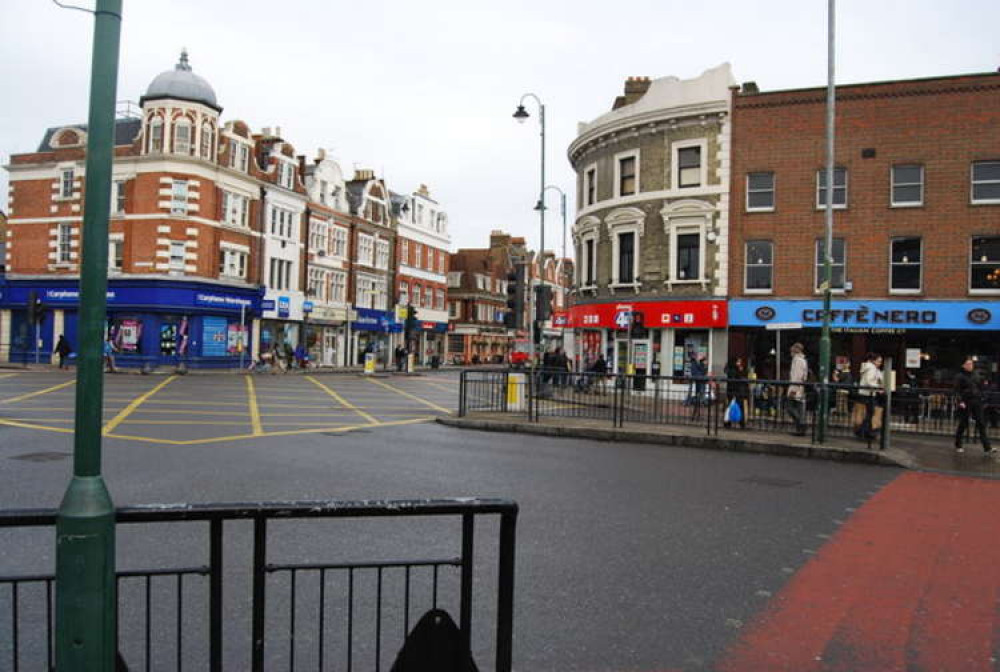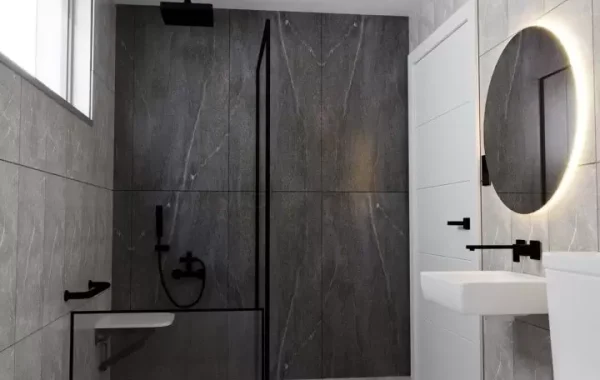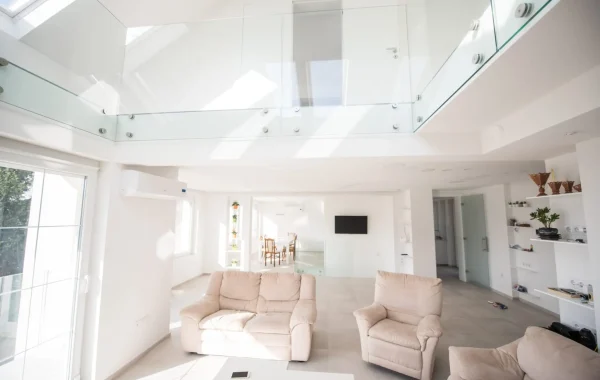Transform Your Home with a Wrap-Around Extension in Wandsworth Tooting
In the bustling and diverse neighborhood of Tooting, Wandsworth, homeowners are increasingly seeking ways to expand their living spaces to accommodate growing families and evolving lifestyles. A wrap-around extension has emerged as a highly desirable solution for those looking to enhance both the functionality and aesthetics of their homes. This detailed guide will explore the numerous benefits of a wrap-around extension, the key planning and regulatory considerations, and practical design tips to help you achieve a successful and stylish home transformation.
What is a Wrap-Around Extension?
A wrap-around extension is a distinctive home improvement option that involves extending both the side and rear of a property. This type of extension essentially “wraps around” the existing building, creating a larger and more cohesive living space. The result is an expanded area that integrates seamlessly with the original structure, offering increased functionality and a modern aesthetic.
Benefits of a Wrap-Around Extension
1. Significant Increase in Living Space
One of the most compelling advantages of a wrap-around extension is the substantial increase in usable living space. By extending the property to both the side and rear, homeowners can create a more open and flexible floor plan. This additional space can be utilized for various purposes, such as a larger kitchen, an expanded dining area, or extra bedrooms, depending on your needs.
2. Enhanced Property Value
Investing in a wrap-around extension can significantly boost the value of your property. In a competitive housing market like Wandsworth Tooting, modern and spacious homes are highly sought after. A well-designed wrap-around extension not only enhances your home’s functionality but also makes it more attractive to potential buyers, providing a strong return on investment.
3. Improved Quality of Life
The added space provided by a wrap-around extension can greatly improve your quality of life. With more room to accommodate family activities, entertaining guests, or pursuing hobbies, your home can become a more comfortable and enjoyable place to live. The flexibility of the design allows you to tailor the space to your specific lifestyle needs, enhancing your overall living experience.
4. Seamless Integration with Existing Structure
A wrap-around extension is designed to blend seamlessly with the existing structure of your home. By using matching or complementary materials and architectural styles, the extension can appear as a natural extension of the original building. This cohesive design approach ensures that the new addition enhances the overall aesthetic of your property without disrupting its visual harmony.
Planning and Regulatory Considerations
Before embarking on a wrap-around extension project, it is essential to understand the planning and regulatory requirements to ensure a smooth and compliant process.
1. Planning Permission
Many wrap-around extensions will require planning permission, particularly if they involve significant changes to the property’s footprint or height. For extensions that extend beyond the rear wall of your property by more than 3 meters or exceed 4 meters in height, formal approval from Wandsworth Council is often required. It is crucial to consult with local planning authorities or a planning consultant to determine whether your project needs planning permission and to navigate the application process.
2. Permitted Development Rights
In some cases, wrap-around extensions may fall under permitted development rights, which allow certain types of home improvements without the need for formal planning permission. However, these rights are subject to specific limitations and conditions, so it is important to verify whether your proposed extension qualifies under these provisions. Consulting with local authorities can help clarify whether your project falls within permitted development criteria.
3. Building Regulations
Wrap-around extensions must comply with building regulations, which cover aspects such as structural integrity, fire safety, insulation, and ventilation. Ensuring that your extension meets these standards is crucial for both safety and energy efficiency. Working with a qualified builder and obtaining the necessary inspections and approvals will help ensure compliance with building regulations.
4. Design and Impact Considerations
When planning a wrap-around extension, consider the potential impact on neighboring properties and the surrounding environment. Your design should respect the character of the area and avoid causing undue disruption or overshadowing. Thoughtful design can help ensure that your extension enhances your property while maintaining harmony with the neighborhood.
Design Tips for a Wrap-Around Extension
1. Architectural Style
Choose an architectural style that complements the existing design of your home. Whether you prefer a modern, minimalist approach or a more traditional design, the extension should harmonize with the original structure to enhance the overall aesthetic. Using similar materials and design elements can create a cohesive look that integrates seamlessly with the existing building.
2. Maximize Natural Light
Incorporate design elements that maximize natural light, such as large windows, bi-fold doors, or skylights. Enhancing the amount of natural light in your extension can create a brighter, more inviting space and improve energy efficiency. Consider how natural light can be used to enhance the functionality and ambiance of the new area.
3. Open-Plan Layouts
Open-plan layouts are popular for wrap-around extensions, as they create a spacious and airy environment that enhances connectivity between different areas of the home. An open-plan design can make the most of the additional space, providing a flexible and adaptable area for various uses.
4. Sustainable Materials
Consider using sustainable and energy-efficient materials for your extension. This approach not only minimizes environmental impact but also reduces ongoing maintenance and energy costs. Choose high-quality, durable materials that complement the existing structure while contributing to a sustainable and eco-friendly design.
5. Outdoor Integration
If your extension includes outdoor elements such as a patio or garden area, design it to create a seamless flow between indoor and outdoor spaces. This integration can enhance the usability of the extension and provide additional areas for relaxation and entertainment.
Choosing the Right Builder
Selecting a reputable and experienced builder is crucial for the success of your wrap-around extension project. Look for a builder with a proven track record in similar projects and obtain multiple quotes to compare costs. Checking references and reviewing past work will help ensure that you choose a builder who can deliver high-quality results.
Conclusion
A wrap-around extension is an excellent way to expand your living space, increase your property’s value, and enhance your quality of life in Wandsworth Tooting. By understanding the benefits, planning requirements, and design considerations, you can achieve a successful and stylish home transformation. Whether you’re looking to create a more functional living area or improve the aesthetic appeal of your property, a wrap-around extension offers a versatile and impactful solution to meet your needs.





